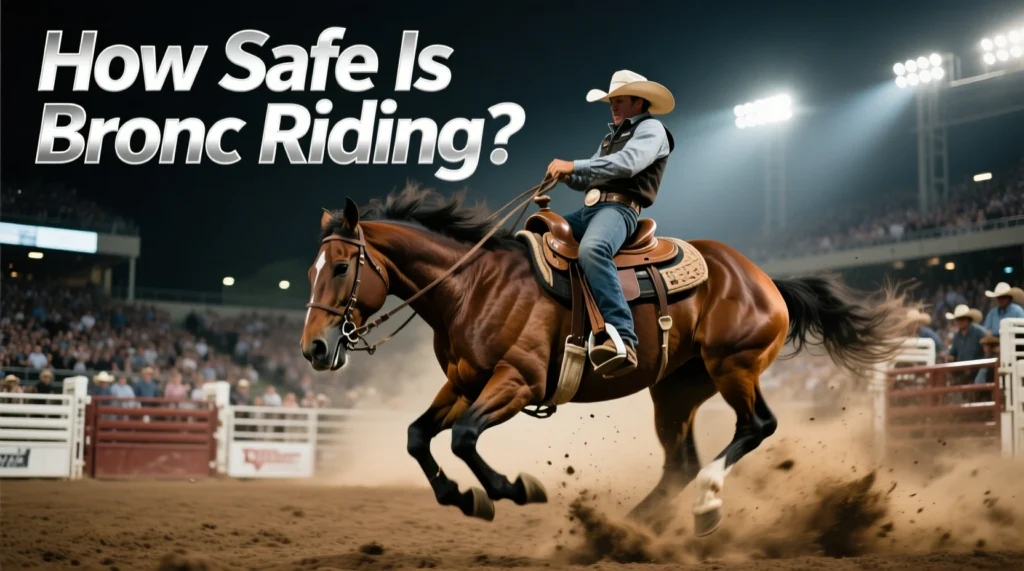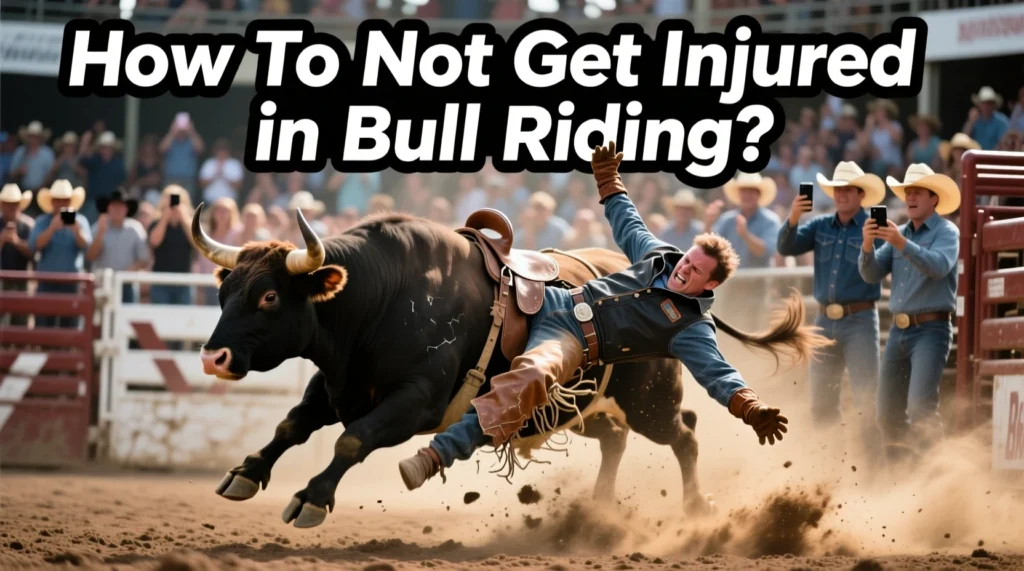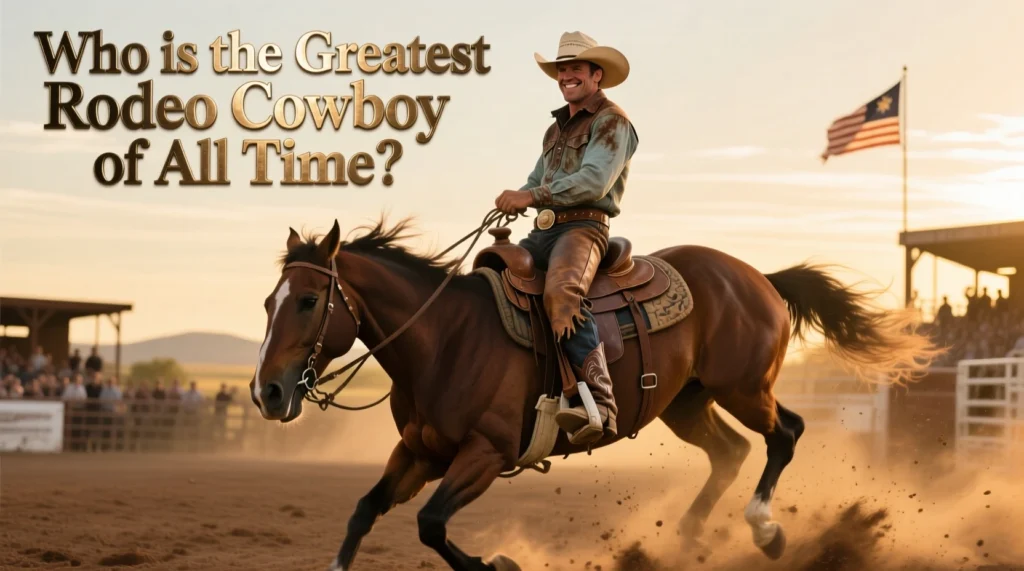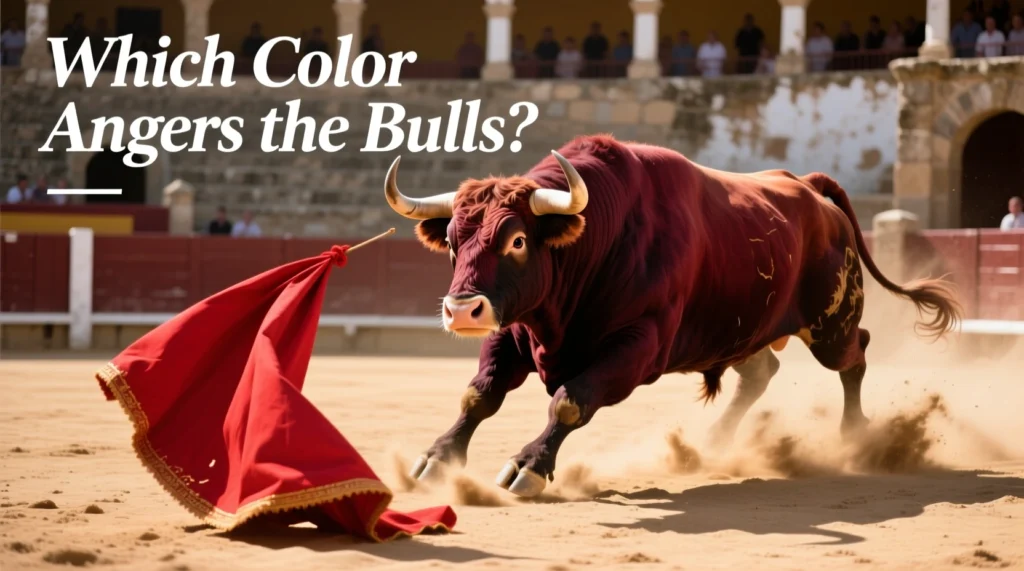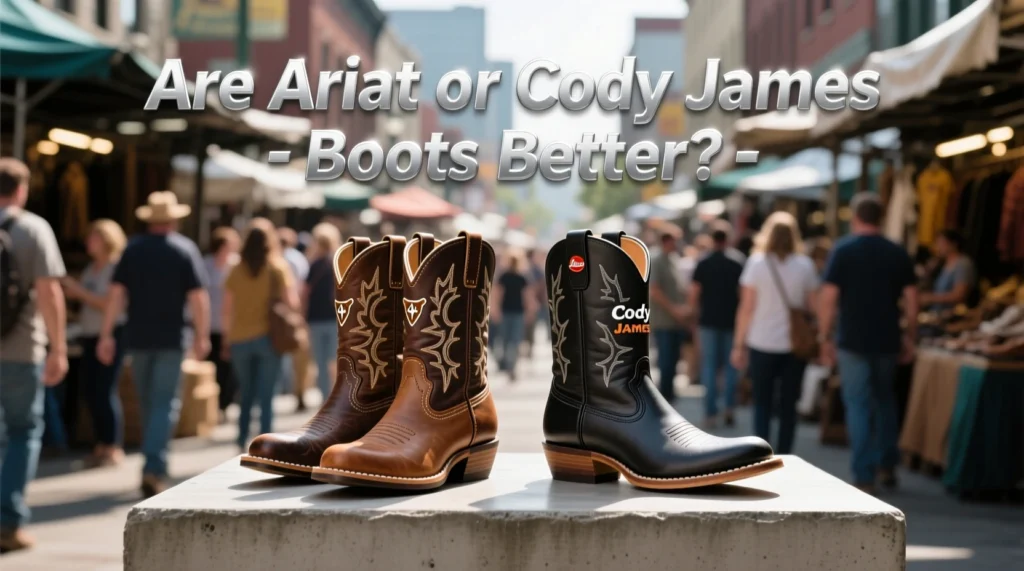What Disqualifies a Bull Rider? Learn the top reasons bull riders get disqualified, including free-hand contact, failing the 8-second rule, and equipment violations. Explore scoring criteria and key statistics in this comprehensive guide.
Bull riding is one of the most thrilling yet dangerous rodeo sports, often referred to as “the most dangerous eight seconds in sports.” However, not every ride ends with a score. Riders must follow strict rules to ensure fairness and safety, and any violation can lead to immediate disqualification. This article explores the main reasons bull riders are disqualified, offering insight into the rules, scoring system and common mistakes.
Table of Contents
What disqualifies a bull rider?
Bull riding disqualifications occur when riders fail to meet certain requirements during their ride. These violations can range from technical errors to improper use of equipment.
The main reasons for disqualification are as follows:
1. Failing the 8 second rule
To get a score, the rider must ride the bull for 8 seconds without breaking any rules. The clock starts when the bull’s shoulder or hip gate is crossed. If a rider is stopped before the whistle blows, they are immediately disqualified.
Key Stats:
- Approximately 70% of riders fail to complete the 8-second ride, often due to the bulls’ increasing strength and agility.
- The success rate of professional riders has decreased over time due to the selective breeding of more powerful bulls.
| Year | Success Rate (%) | Notes |
| 1995 | 46 | Less specialized bulls |
| 2020 | 30 | Stronger, more agile bulls |
2. Free Hand Contact
Riders must keep their free hand (the hand not holding the bull’s rope) away from their body, the bull, or any equipment while riding. Any contact results in immediate disqualification.
Examples of freehand violations:
- Touching the bull’s body or horns.
- Brushing your torso or legs with your free hand.
- Grasping the rope or choke gate with both hands.
This principle ensures that the riders maintain control and balance during their performance.
3. Equipment Violations
Bull riding equipment must meet specific standards to ensure the safety of both the riders and the bulls.
Violations include:
- Improper spurs: Spurs must have rolling rollers (not sharp or fixed) to prevent injury to the bulls.
- Missing bell on bull rope: A weighted bell must be attached to ensure the rope drops cleanly after dismounting.
- Modified ropes: Modifications that artificially increase grip are prohibited.
Failure to comply with these standards may result in disqualification and fines.
4. Procedural Errors
Riders can also be disqualified for procedural errors before or during their ride:
- Exceeding the time to prepare for the injury: Riders have a set amount of time (usually 60 seconds) to shake their heads after entering the bullpen. Delays may result in disqualification.
- Improper positioning: Riders must be fully prepared, wearing gloves, and seated properly when exiting the lick.
These rules help maintain the speed of the event and animal welfare.
5. Bull Performance Issues
Although not directly related to riding errors, poor bull performance may result in judges allowing a re-ride rather than scoring the original attempt. However, if a rider is disqualified during this process (for example, fails the 8-second rule), they are not eligible to ride again.
How Scoring Works in Bull Riding
When a rider avoids disqualification and completes the 8-second ride, the judges evaluate both their performance and the performance of the bull.
The scoring system is as follows:
- Rider Score (0–50 points): Based on control, rhythm and technique while riding. Additional points may be awarded for springing (rhythmically kicking the bull’s shoulders).
- Bull score (0–50 points): Reflects agility, strength, speed, and difficulty performing movements such as turns or body rolls.
The combined score determines the final result:
| Scenario | Rider Score | Bull Score | Total Score |
|---|---|---|---|
| Successful 8-second ride | 40–50 | 40–50 | Up to 100 |
| Disqualified (e.g., free-hand contact) | 0 | 40–50 | No total |
| Bucked off before 8 seconds | 0 | 40–50 | No total |
Why Disqualifications Matter
Disqualification plays an important role in maintaining fairness and safety in bull riding competitions:
- Safety First: Strict rules reduce risks for riders and bulls alike. For example, freehand violations prevent entanglements during dismounts.
- Fair Competition: Standard rules ensure consistency in events like PBR (Professional Bull Riders) competitions.
- Entertainment Value: Following the rules increases audience appreciation by showcasing skilled riders in challenging situations.
Web Story For What Disqualifies a Bull Rider?
FAQs What Disqualifies a Bull Rider?
Question: What happens if a rider touches themselves or the bull?
A: Any contact with their free hand is an immediate disqualification, even if it lasts for 8 seconds.
Q: Can a rider score points if disqualified?
A: No, disqualified riders do not receive a score for this attempt. However, bulls still receive scores based on their performance.
Q: Is re-riding allowed after a disqualification?
A: No, a re-ride is only given if the judges determine that the bull’s poor performance impedes its scoring ability.
Final Thoughts
Bull riding is as much about skill as it is about following strict rules designed to ensure safety and fairness. From completing an 8-second ride to avoiding free contact and adhering to equipment standards, riders face a variety of challenges to achieve scores. Understanding these standards of incompetence not only enhances the appreciation of this high-stakes sport, but also highlights why successful riders are so celebrated.
By mastering these principles and avoiding common pitfalls, aspiring riders can increase their chances of success while contributing to the integrity of this exciting rodeo discipline.



